She/They. Baroque Bitch, Indolent Fop, Impoverished Gentlethem.
Don't wanna be here? Send us removal request.
Text


Bone china vase with white and gold floral motifs (1873) manufactured by Mintons (British, 1793–present).
Images and text information courtesy The Met.
52 notes
·
View notes
Text

Jacket
1790s
The Kyoto Costume Institute
"This women's jacket features a distinctive large turned-down collar with scalloped edges. Metallic large buttons placed in two rows provide accent.
The British lifestyle of enjoying rural life and hunting in natural surroundings also became popular in France, and the clothes became more simplified in and after the 1770s. "Redingotes," or riding coat, which had been popular among men for horse riding or traveling, influenced women's clothes, resulting in sophisticated jackets like this."
#18th century#1700s#1790s#1790s fashion#18th century european fashion#18th century European womenswear#womenswear#historical dress
177 notes
·
View notes
Photo



Cook your Thanksgiving turkey like a Colonist, with this 1772 cookbook, illustrated by Paul Revere.
Carter, Susannah. The frugal housewife, or Complete woman cook, 1772.
AC7.R3246.772f
Houghton Library, Harvard University
232 notes
·
View notes
Text




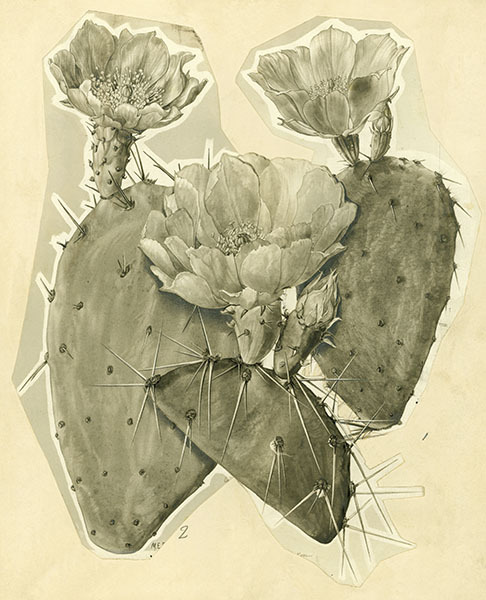
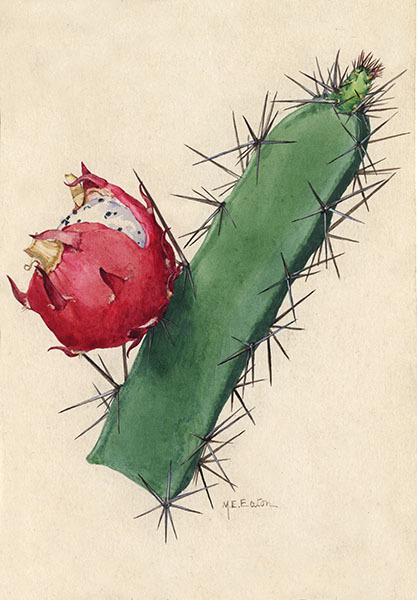



Mary Emily Eaton – Scientist of the Day
Mary Emily Eaton, an English/American botanical artist, died Aug. 4, 1961, at the age of 87.
read more...
113 notes
·
View notes
Photo

Sophia Dorothea (1666-1726) with her two children (Georg August the future George II of Great Britain (1683-1760), and Sophia Dorothea, future Queen of Prussia (1687-1757)), by Jacques Vaillant (1643-1691), ca. 1690–1691
#Sophia Dorothea#George II#Hanover#House of Hanover#17th century#1690s#1600s#Jacques Vaillant#portrait#George II of Great Britain#Family Portrait Friday
2 notes
·
View notes
Text
Hey everyone,
The planets have aligned to kick the month off with a sh*tfest. My parents and youngest brother have all tested positive for COVID (fortunately my mom is the only symptomatic one and right now she’s only experiencing cold-like symptoms) and my nephew, who tested negative, has been whisked away to stay with his dad.
Obviously this is already a crummy situation but to make matters worse my nephew not being here means that my income takes a major dent because I won’t be able to give him his last two piano lessons of the school year (his lessons start back up when he’s staying with us again in the fall for school).
Me having to hunker down in my room for however long my family remains C19+ means I have a few unforeseen expenses (basically the snacks, toiletries, and a few cleaning supplies that I’ll need to keep myself fed and clean since my family essentially has the run of the house and apart from my room and the kitchen between the dead of night and the crack of dawn I currently only have access to a toilet and sink so I’ll be dealing with some fun new alternatives to showering for a few days [-_-*]). The expenses are nothing major overall and wouldn’t be a problem if this had happened while I was still giving my nephew his lessons but my extremely limited summer budget can’t really handle it.
I would really appreciate any help even if it’s just signal boosts.
You can send me a buck or two here: $InfantaRaquel, @ LemonLyman on Venmo, this is my ko-fi account, and here is my PayPal.
Thanks,
Raquel <3
9 notes
·
View notes
Photo
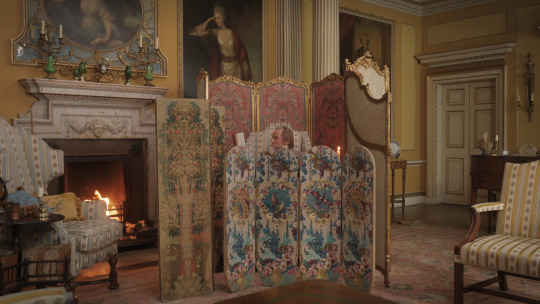
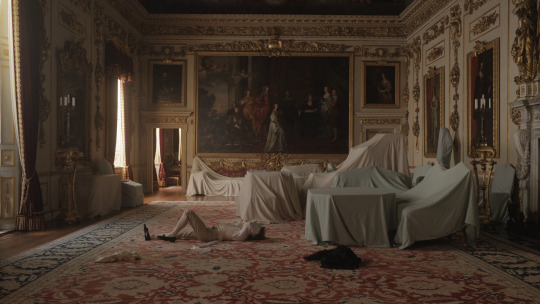
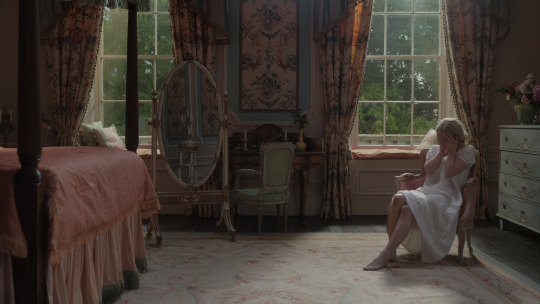
they’re vibing
17K notes
·
View notes
Photo

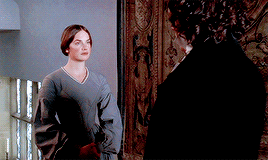

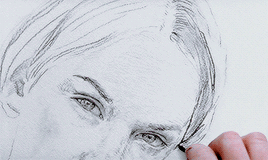
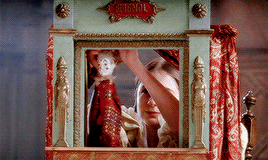



JANE EYRE (2006) - Episode Two ✧ dir. Susanna White
813 notes
·
View notes
Photo

Snuffbox
•
Jean Frémin, French, Paris 1757-58 Gold
•
“In eighteenth-century Europe, Paris led the production of high-quality luxury goods. Parisian goldsmiths made a wide range of small, personal articles such as snuffboxes; étuis to hold sealing wax, tweezers, or utensils for sewing; souvenirs, which contained thin ivory tablets for note taking; and shuttles for knotting lace. Gold snuffboxes and boxes decorated with portrait miniatures were prized and frequently given as royal gifts, often to ambassadors or members of the court in lieu of cash payments for their services. Coveted and admired, these boxes were produced from a variety of materials. The best were skillfully made of gold and embellished with diamonds, enameled decoration, lacquer, and other luxurious materials. By the middle of the century, the taking of snuff had become an entrenched social ritual, and the snuffbox, too, had become an important social prop. Snuffboxes were considered highly fashionable accessories, with some merchants advertising new boxes with each change of season. The popularity of snuffboxes extended to all levels of society, and for those who could not afford gold, boxes were produced in less expensive materials such as silver, tortoiseshell, porcelain, or domestically produced lacquer.”
•
#Snuffbox#decorative arts#containers/boxes#18th Century#1700s#1750s#French#gold#Jean Fremin#Snuffbox Sunday
3 notes
·
View notes
Photo
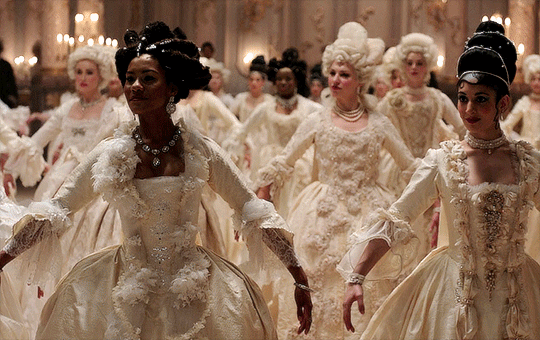
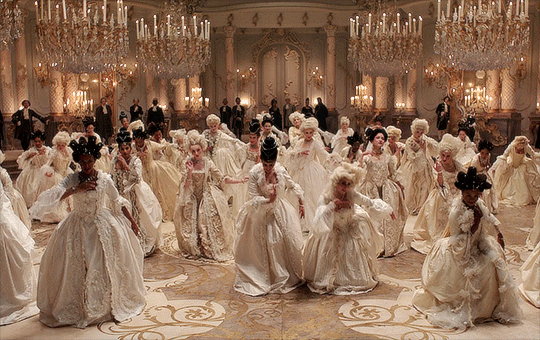
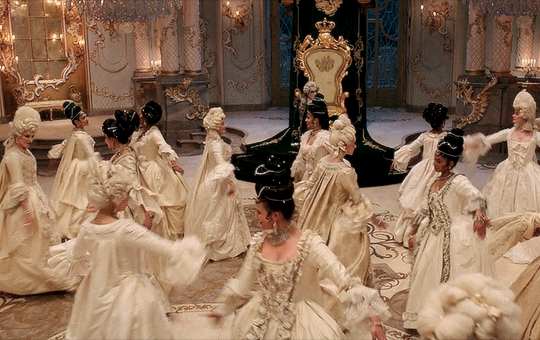
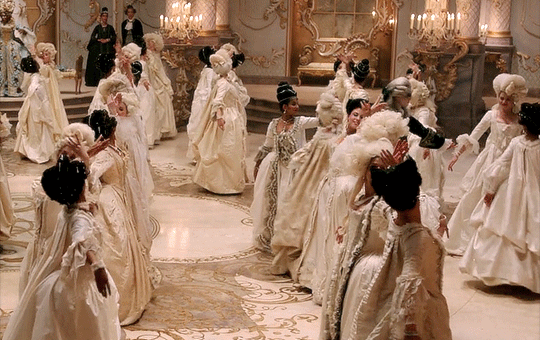
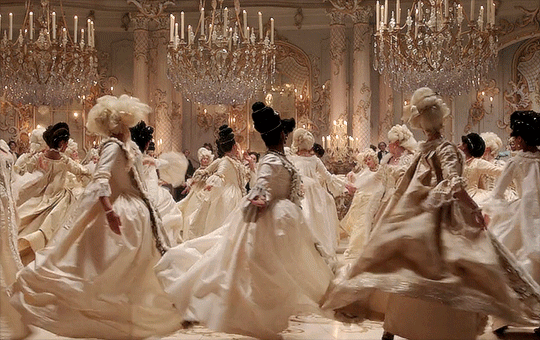
BEAUTY AND THE BEAST (2017) costume design: Jacqueline Durran
(requested by anonymous)
6K notes
·
View notes
Photo

The Madness of King George, 1994. Directed by Nicholas Hytner. Starring Helen Mirren and Amanda Donohoe.
23 notes
·
View notes
Text

Dated August 28, 1888.
636 notes
·
View notes
Text






"With whom will you dance?" "With you."
934 notes
·
View notes
Text
People who like marzipan live like this

521 notes
·
View notes
Photo




Snuffbox with Pastoral Scenes
•
Jean Marie Tiron, French, 1764-65 Gold and enamel
•
“The son and brother of goldsmiths, Jean-Marie Tiron received his mastership on 27 November 1748 when he registered a mark described as having the letters I M T, device a level. On 11 December 1761 he replaced this mark with another incorporating the letters I (rendered more like a J), T, and the same device. While a number of boxes by Tiron bearing his second mark are known, only two dating before 1761 have been recorded.(1) It seems likely that Tiron, who began his career as a marchand orfèvre joaillier, a jeweler and dealer in precious stones, began to specialize in snuffboxes only in 1761, registering his new mark the year he took up residence with the prominent box maker Jean Ducrollay (active 1734 – ca. 1761), whose stock he acquired at about the same time. Described as a joaillier bijoutier du roi in 1764, Tiron was listed from 1765 as orfèvre bijoutier du roi, indicating that he no longer handled diamonds, pearls, and other precious stones. Tiron retired between 1771 and 1773; his death date is surmised from the evidence of the posthumous sale of his effects in May 1793.
•
All the miniatures but one — that on the front depicting a seated girl reading — are traceable to compositions by François Boucher (1703 – 1770). On the cover is Les Charmes de la Vie Champêtre (1737, Louvre), seen here in reverse and thus presumably copied from that period’s only recorded engraving of the painting, by Jean Daullé, 1757. The scene on the base is Le Pasteur Galant (ca. 1738, Archives Nationales, Paris) and could have been copied from one of several engravings including those of A. Laurent and Claude Duflos, both, as here, reversed. The vignette on the right end of a seated youth holding a wreath and accompanied by a pair of doves appears to be a variation of La Poésie (ca. 1751 – 55, The Frick Collection, New York). Here the boy holds a wreath absent in the original, but the composition is otherwise identical. The painting was engraved in the same direction, as it appears here, by Duflos. On the left end, a seated youth with a fishing pole is copied from an engraving by Duflos of L’Hiver (1751), a painting retitled by the engraver as Le Pêcheur. On the back, a seated girl with a wreath and basket follows an engraving by Marie-Madeleine Igonet of Le Chant, another of the Frick panels, engraved under the title L’Amusement de la Bergère. The signature, previously misread as “Martin,”(2) is possibly that of Charles-Jacques de Mailly (1740 – 1817) or of the goldsmith-enameler Barnabé-Augustin de Mailly (1732 – after 1793), who were apparently not related. Biographical details of the two, and possibly attributions of their work, have been confused, and it is even unclear whether either of them is the enameler “Maillé” said to have been mentioned in Diderot’s Encyclopédie as being active in 1754.(3) A box of 1765 – 67 by L. P. de May in the Louvre, Paris,(4) is enameled with miniatures very different in subject matter and style, bearing the signature “De Mailly f.,” so the attribution must for the present be left open. The unusual number of consecutive countermarks, customarily struck at the onset of a new tax farm, implies that the box remained unsold in Tiron’s shop until after 1781.” • Catalogue entry from Claire Le Corbeiller. The Robert Collection. Decorative Arts, Volume XV. Wolfram Koeppe, et al. The Metropolitan Museum of Art in association with Princeton University Press, 2012, pp. 156-58. • NOTES: 1. Sale, Ortiz-Patino collection, Christie’s, London, 27 June 1973, lot 7 (1755 – 56); sale, Elizabeth Parke Firestone collection, Sotheby’s, New York, 19 November 1982, lot 50 (1759). 2. Norton, Richard, and Martin Norton. A History of Gold Snuff Boxes. London, 1938, p. 62. 3. Maze-Sencier 1885, p. 150. The passage remains untraced. Assuming the accuracy of the citation, it is also possible that the “Maillé” mentioned was the miniaturist Pierre-Victor-Nicolas de Malliée (or Maillée) (active 1748 – 74), whose signature is said to appear on the box by Tiron from the Ortiz-Patino collection. 4. Grandjean 1981, no. 77.
#Snuffbox#Decorative Arts#containers/boxes#18th Century#1700s#1760s#French#gold#Pastoral#Jean Marie Tiron#Snuffbox Sunday#long post
21 notes
·
View notes
Photo

Snuffbox
Jean Frémin, French, Paris 1756-57 Gold and enamel
“In eighteenth-century Europe, Paris led the production of high-quality luxury goods. Parisian goldsmiths made a wide range of small, personal articles such as snuffboxes; étuis to hold sealing wax, tweezers, or utensils for sewing; souvenirs, which contained thin ivory tablets for note taking; and shuttles for knotting lace. Gold snuffboxes and boxes decorated with portrait miniatures were prized and frequently given as royal gifts, often to ambassadors or members of the court in lieu of cash payments for their services. Coveted and admired, these boxes were produced from a variety of materials. The best were skillfully made of gold and embellished with diamonds, enameled decoration, lacquer, and other luxurious materials. By the middle of the century, the taking of snuff had become an entrenched social ritual, and the snuffbox, too, had become an important social prop. Snuffboxes were considered highly fashionable accessories, with some merchants advertising new boxes with each change of season. The popularity of snuffboxes extended to all levels of society, and for those who could not afford gold, boxes were produced in less expensive materials such as silver, tortoiseshell, porcelain, or domestically produced lacquer.”
#snuffbox#snuff box#decorative arts#containers/boxes#18th century#1700s#1750s#gold#enamel#Snuffbox Sunday
63 notes
·
View notes
Photo

Mrs Charles Thellusson (1775–1814), née Sabine Robarts, and Her Son, Charles Thellusson (1797–1856), 1804, by Thomas Lawrence (1769–1830)
oil on canvas
“In this charming double portrait by the society painter Sir Thomas Lawrence, the mother gently supports and presents her son, their figures arranged in a series of entwined curves.
The little boy wears a suit of a striking red, a colour much favoured by Lawrence. This is balanced by his mother’s sweeping white dress and cloak with its braided edge. She is Sabine, née Robarts, the wife of Charles Thellusson (1770–1815), with their son Charles. Both Sabine and her husband came from banking families. His father was the financier Peter Thellusson, who had left his property tied up in a famous will, which eventually the death of Charles, the young boy in the painting, would unlock. This enabled his own son, Charles Sabine Thellusson to inherit the Brodsworth estate in Yorkshire. This painting was amongst Charles Sabine’s most treasured possessions, mentioned in his will as an heirloom.”
#19th century art#art history#Thomas Lawrence#Sir Thomas Lawrence#1800s#1804#Family Portrait Friday#Heirs and Spares#Frederick Leighton#Horatio Elliott
8 notes
·
View notes